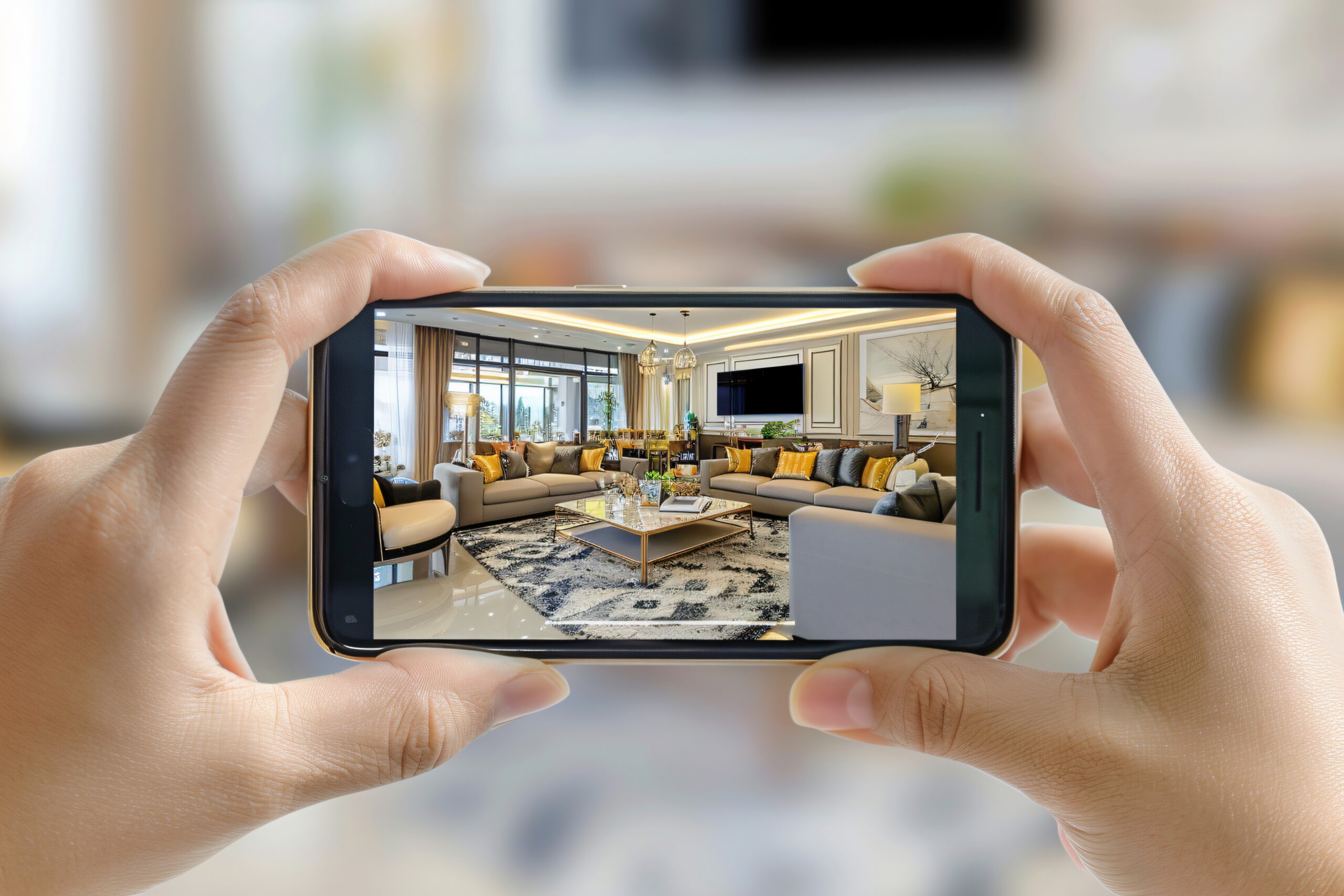Virtual Reality (VR) is changing how we experience digital content. You can put on a VR headset and, suddenly, you will be in a computer-generated world that looks like it is real. VR blends auditory, visual as well as kinesthetic inputs to create nearly real situations.
Modern sensors trace your moves to avoid any hitches in Virtual Reality. This technology has gone beyond gaming; it is also reshaping education, training, and even healthcare services. As VR evolves further, it seems certain to bring forth unprecedented levels of creativity as well as interaction thus becoming an important tool for entertainment or even more.
In this blog post, we will share about what Virtual Reality is and how it works.
What is Virtual Reality?
Virtual Reality (VR) creates an immersive digital environment. One can use a VR helmet to explore and interact with the environment around them. To make you feel like you are actually there, it transports you into another world.
VR primarily depends on sensory feedback including visual and auditory senses only. The device covers your ears and eyes so that nothing from outside interferes with the experience of the game player.
When you move your head around, this picture changes because it represents a 3D image that adapts itself to the user’s movements. Sometimes advanced VR systems may provide physical sensations.
Unlike augmented reality which overlays digital information onto the real world; VR completely immerses people into a virtual space.
How does Virtual Reality work?
A number of key elements underlie VR technology. The most important one is the Virtual Reality headset. It has twin screens, each for a single eye, producing stereoscopic imagery to convey a sense of depth and 3D feeling in the virtual world.
Moreover, motion tracking is fundamental. The sensors within the headpiece observe the movements of your head, which enable modifications on the fly by the digital environment. For precise monitoring, there are gyroscopes, accelerometers, and magnetometers.

In addition, interaction can be improved using handheld controllers or gloves. These gadgets follow your movements with your hands. They are equipped with sensors and cameras so that they can detect gestures, which makes it possible to manipulate virtual objects naturally.
On top of that, sound plays an extremely important role in VR devices. Spatial audio systems make sound appear to come from everywhere in three dimensions, thus making users feel like they are inside their favorite movies or games. Sound sources have particular positions relative to the rest of the virtual environment.
Also worth mentioning is that rendering software creates virtual worlds. A powerful GPU (Graphics Processing Unit) handles such complicated calculations, ensuring smooth and realistic graphics aimed at bringing realism closer to us through our eyes, while the software should sustain stable frame rates, preventing you from getting motion sickness.
Haptic feedback is another thing that VR systems use extensively as well. It involves touch sensations. That said, specialized suits or gloves can reproduce touch and pressure sensations, thereby increasing fidelity even further.
VR depends on multiple sensors and technologies working together. Input data is processed by advanced algorithms; making an immersive experience more cohesive. All elements must work properly to enable effective VR delivery.
Understanding how VR works helps us appreciate its potential. As technology progresses, VR will get more complex and easier to use. It allows for new forms of entertainment, education, etcetera.
Virtual Reality Applications in Different Fields
Gaming Industry
The application of Virtual Reality (VR) in several industries is changing how these sectors operate. The gamer can be part of the game as VR creates an immersive experience. Gamers can explore new worlds and interact with them like never before.
Education
VR has so many benefits in education. Students are able to take virtual field trips to historical sites or other planets. Furthermore, it aids in teaching difficult subjects such as medicine. Medical students can undergo surgery in a risk-free environment, thereby refining their skills.
Healthcare
In healthcare, VR provides innovative treatments. By using VR, chronic pain patients divert their attention from the discomfort they feel. Therapists use this tool for exposure therapy, which helps individuals confront their fears in a safe way.
Real Estate
Virtual tours are offered through VR by the real estate industry. This will allow buyers to remotely explore properties, saving on time and costs incurred while traveling. This process makes it easier for one to view property online.

Manufacturing Industry
VR is extensively applied during prototyping in manufacturing industries, including design companies as well. Considering products in 3D enables engineers and designers to know certain problems at early stages.
Virtual Reality is widely used today, and this trend keeps on growing bigger every year. Technology will cause more innovations within different lines of business, such as those mentioned above, among others.
Conclusion
VR is a technology that changes many businesses, from its use in gaming to healthcare. It offers immersive experiences as well, which are new ways of learning, training, and entertainment.
Unlike augmented reality, which overlays digital elements in the real world, VR works by creating entirely new spaces. The growth of VR technology means that there will be more applications in the future, and this will have limitless potential for innovation and engagement.






















